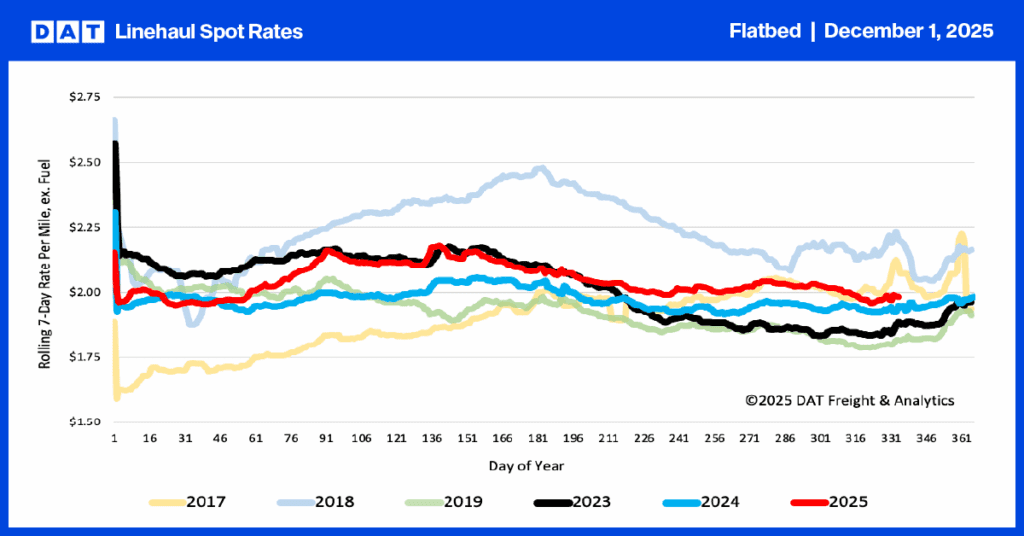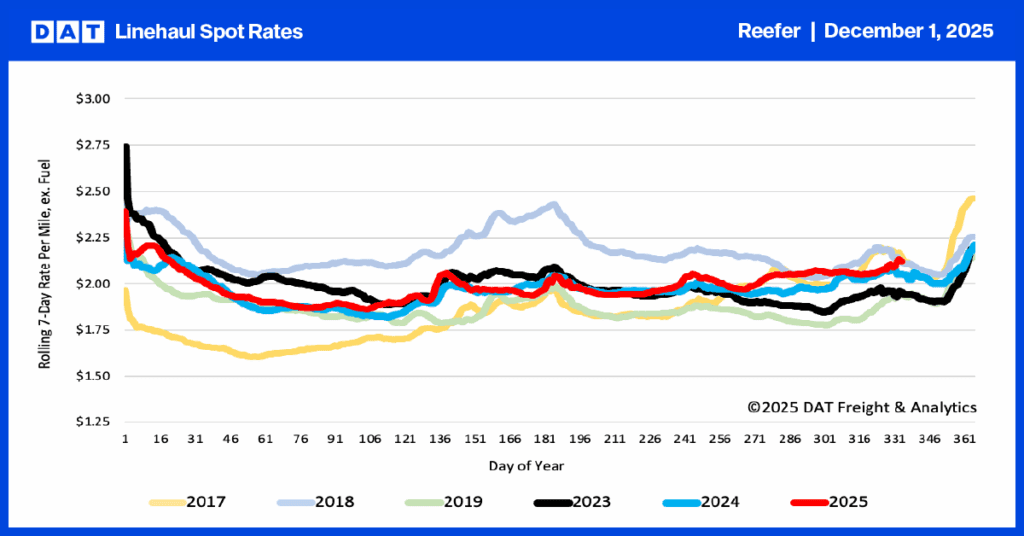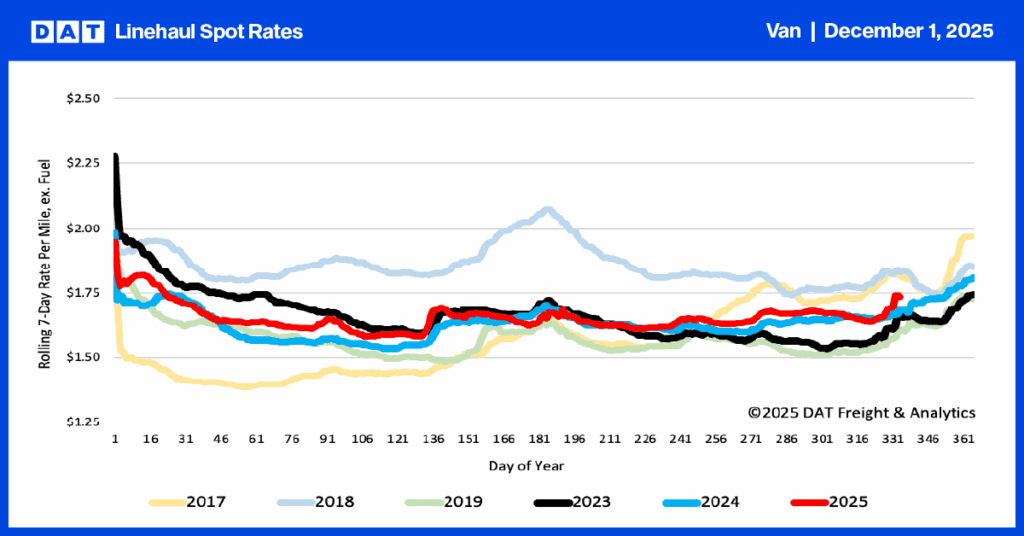Rather than solve more immediate and pressing issues truck drivers face daily, the FMCSA plans to impose speed limiters on all heavy vehicles. This proposal raises more questions than it provides answers. How about we fix the national truck parking crisis first? Why not impose speed limiters for all road users, including car drivers responsible for 80% of accidents involving heavy vehicles? Let’s answer why the number of trucks involved in fatal crashes went up 2% after ELDs were introduced and increased 13% in 2021 before wasting time on a fool’s errand. Let’s fix the real issues before inventing new ones.
The touted safety benefits of ELDs never materialized, but of course, that was always going to be the case because it was never just about safety. It was really about leveling the playing field from a productivity perspective. The flexibility paper logs afforded small carriers made them more competitive than large fleets already using electronic logs. The same flawed logic is now being applied to speed limiters because hours-of-service regulations regulate time and not speed. If you can legally run 70 mph as you can legally in 11 states, a driver will be 40-miles ahead of a fleet truck speed limited to 65 mph, and that’s the real reason for the speed limiter push – productivity. Worse, though, the proposed speed limiter rule will make our highways less safe for all road users.
Get the clearest, most accurate view of the truckload marketplace with data from DAT iQ.
Tune into DAT iQ Live, live on YouTube or LinkedIn, 10am ET every Tuesday.
What can we learn from the mistakes made while implementing ELDs?
Having been an over-the-road driver and using electronic and paper logs, I knew that hours-of-service compliance had nothing to do with my safety. So, in 2006, I began a five-year study of accident rates of fleets using both types of logs to prove my theory, i.e., that being compliant to unsafe regulations won’t make you a safer driver; it will make you worse. After all, you can be 100% compliant with HoS regulations and be sound asleep at the wheel simultaneously.
Using a publicly available data set in 2007 from the FMCSA Safer system recording DOT Recordable accidents, I studied 30 truckload carriers who ran close to 12 billion miles annually and found that fleets on paper logs recorded a 30% lower DOT recordable accident rate in 2007. Fast forward to 2011, and the fleets that had subsequently converted from paper to electronic logs had almost the same DOT recordable accident rate as fleets already on electronic logs since 2007.
Driving too slowly can be just as dangerous
Make no mistake; this debate is the second phase of the trucking playing field being leveled in the name of productivity under the guise of improved safety. Phase one was ELDs, and phase two is now speed limiters for all trucks despite the obvious lack of safety benefits for both.
From a driver who’s got 2 million over-the-road miles behind them, it’s not speed that’s the problem; it’s the inappropriate speed for the conditions that are the problem. And it’s not linear, i.e., the faster you drive, the riskier you are. It’s entirely appropriate to run 75 mph on 1-95 in Northern Maine or 80 mph east of Reno on I-40 but not appropriate through the townships of Bangor, ME, or Winnemucca, NV, on the same interstates. Studies show that the more a driver deviates from his or her average speed, the greater the chance of being involved in an accident. According to a Federal Highway Safety Administration (FHWA) report, low-speed drivers are more likely to be involved in accidents than high-speed drivers. The report concluded, “80% of rear-end collisions involving a large truck and a car resulting in a fatality, the passenger vehicle rear-ended the truck”.
The Law of Unintended Consequences
Just like ELDs resulted in truckers driving faster and rushing to get more miles into their workday and avoid violations, speed limiters will also result in unintended consequences. Just travel any interstate today, and you’ll see an 18-wheeler dangerously parked in the breakdown lane taking the 30-minute break at the 8-hour mark to avoid a violation. Compliant but not safe!
One of the most obvious unintended consequences of speed-limited trucks below the flow of traffic speeds on interstates will be more crashes. According to OOIDA President Todd Spencer, “Studies and research have already proven what we were all taught long ago in driver’s ed classes, that traffic is safest when vehicles all travel at the same relative speed. The motoring public should know that when they are stuck behind trucks on long stretches of highway, those trucks are often limited to a speed well under the posted speed limit.”
The center lane gang
Many large fleets teach their drivers to stay in the center lane on a 3-lane interstate for the supposed safety benefits gained. Often you’ll see speed-limited trucks sitting at or often below the posted speed limit, not checking their mirrors or listening to their C.B Radio (because they don’t have one installed) and forcing motorists to pass them on either side. Driving in the middle lane increases the accident risk compared to driving in the right lane because the truck can be hit from both sides instead of just one. Even though they’re taught to drive in the middle lane, it’s another example of the law of unintended consequences, i.e., trucks traveling slower than the traffic around them actually increases accident risk.
The clock is ticking
The FMCSAs notice of intent published on May 4 gives the trucking industry until 11:59 p.m. Eastern Time to submit comments on or before June 3, 2022. That’s just 17 days away! Written comments can be submitted electronically at the Federal eRulemaking Portal.


